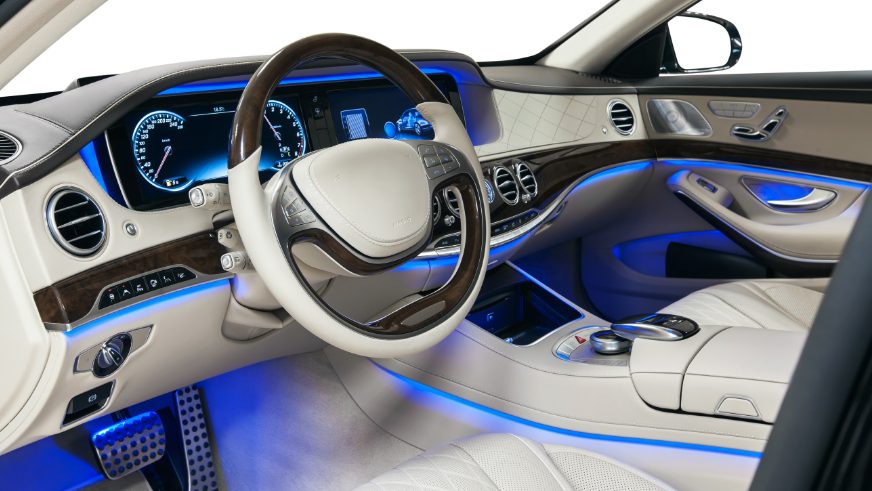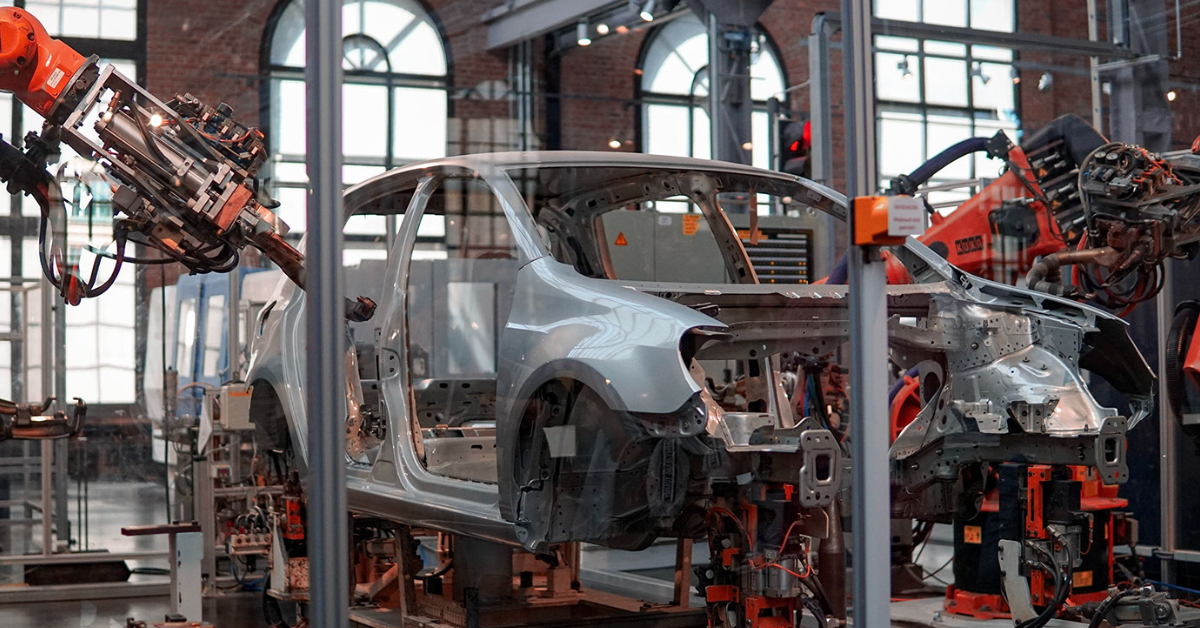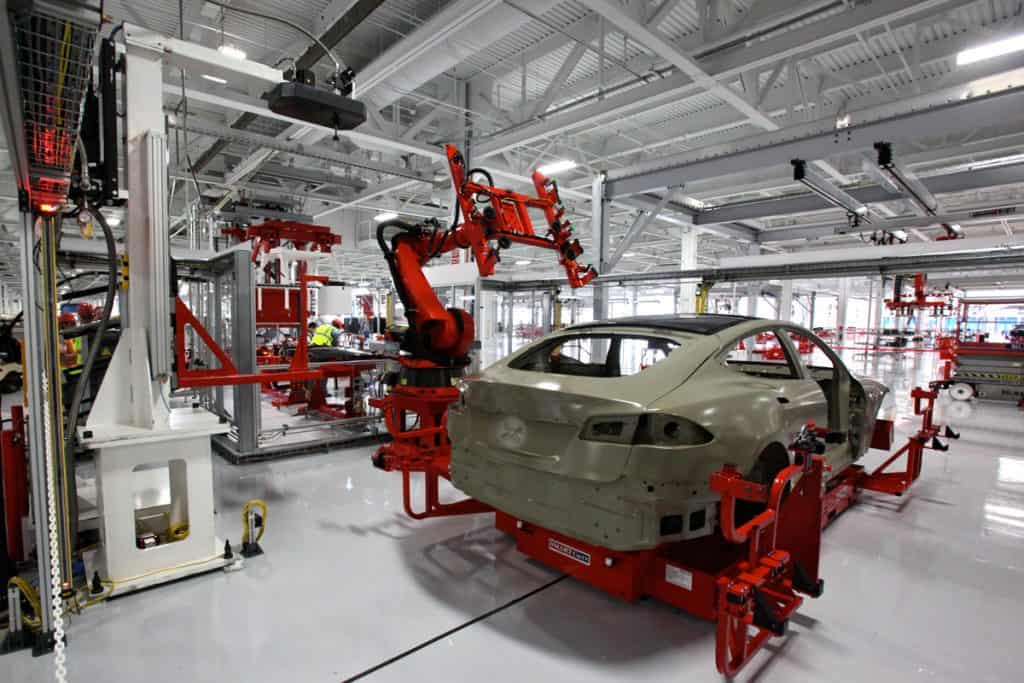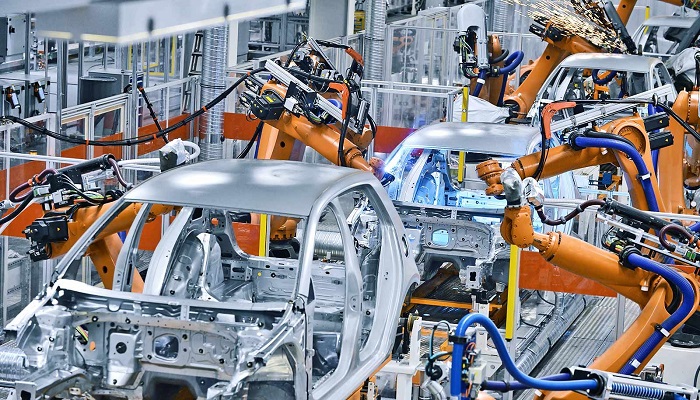Why Automotive Interior Plastics Are Shaping Car Design

automotive interior plastics In the ever-evolving world of automotive design, materials play a pivotal role in shaping not just the aesthetics but also the functionality and safety of vehicles. Among the myriad materials utilized in car manufacturing, automotive interior plastics have emerged as a transformative force. These plastics are not merely functional components; they are integral to the design language of modern vehicles, influencing everything from weight and cost to safety and comfort. As the industry progresses toward sustainability and innovation, understanding the importance of automotive interior plastics becomes essential.

The Role of Automotive Interior Plastics
Automotive interior plastics refer to a range of synthetic materials used throughout the vehicle’s interior. This includes dashboards, door panels, consoles, and other components that define the passenger experience. Their versatility allows designers and engineers to create intricate shapes and finishes, contributing significantly to the vehicle’s overall aesthetic and user experience.
1. Versatility in Design
One of the primary reasons automotive interior plastics have gained popularity is their remarkable versatility. Unlike metals or glass, plastics can be molded into complex shapes and sizes, providing designers with a blank canvas for creativity. This flexibility allows for the integration of ergonomic features and innovative designs that enhance both functionality and visual appeal.
For instance, the intricate textures and patterns achievable with plastics can simulate natural materials like wood or leather, offering luxurious aesthetics at a fraction of the weight and cost. This opens the door to a plethora of design options, enabling manufacturers to differentiate their vehicles in an increasingly competitive market.
2. Weight Reduction
In an age where fuel efficiency and environmental considerations are paramount, automotive interior plastics contribute significantly to weight reduction. Lightweight vehicles consume less fuel and produce fewer emissions, aligning with global efforts to create more sustainable transportation solutions.
By substituting heavier materials with plastics, manufacturers can design interiors that maintain structural integrity without adding unnecessary weight. This weight-saving potential is crucial, especially as the automotive industry shifts toward electric vehicles (EVs), where every kilogram counts for range and performance.
3. Cost-Effectiveness
The automotive sector is notoriously cost-sensitive, and automotive interior plastics provide an economical solution without compromising quality. The manufacturing processes associated with plastics, such as injection molding, are often less expensive and more efficient than those used for metals or glass.
This cost-effectiveness translates into savings that can be passed on to consumers, making modern vehicles more affordable. Additionally, the durability of plastics means they can withstand the rigors of everyday use, reducing the need for frequent replacements or repairs.
Enhancing Safety Features
The importance of safety in automotive design cannot be overstated, and automotive interior plastics play a crucial role in enhancing passenger protection.
1. Impact Resistance
Modern vehicles are designed with passenger safety as a top priority, and the use of plastics contributes to impact resistance. Many plastics used in automotive interiors, such as polycarbonate and ABS (Acrylonitrile Butadiene Styrene), possess exceptional impact-resistant properties.
During a collision, components made from these materials can absorb and dissipate energy, helping to protect passengers from harm. This capability has led to the increased use of plastics in areas such as dashboards and door panels, where impact resistance is vital.
2. Fire Retardancy
Another significant aspect of automotive interior plastics is their ability to be engineered for fire resistance. The incorporation of fire-retardant additives in plastic formulations ensures that interior components comply with stringent safety regulations.
This characteristic is essential for passenger safety, as it minimizes the risk of flames spreading within the vehicle’s interior in the event of a fire. As safety standards continue to evolve, the adaptability of plastics to meet these requirements makes them an invaluable material choice.
Aesthetic Appeal
While functionality is crucial, the aesthetic aspect of automotive design cannot be overlooked. Automotive interior plastics allow for creative expression, enhancing the overall driving experience.
1. Customization Options
The nature of plastics enables a wide range of customization options, from colors to textures. This adaptability allows manufacturers to create interiors that resonate with consumer preferences. Whether it’s a sleek, modern look or a classic, luxurious feel, plastics can be tailored to fit the desired aesthetic.
Additionally, advancements in surface treatments and coatings have expanded the possibilities for finishing techniques, allowing for sophisticated designs that were once reserved for premium vehicles. This level of customization enhances the consumer’s connection to the vehicle, fostering brand loyalty.
2. Integration of Technology
The modern vehicle is increasingly becoming a technological marvel, with integrated infotainment systems, touchscreens, and other high-tech features. Automotive interior plastics are essential in facilitating this integration.
Plastics can be designed to accommodate various electronic components and wiring, allowing for a seamless blend of technology and design. The lightweight nature of plastics also supports the installation of these advanced systems without adding significant weight to the vehicle.
Environmental Considerations
As the automotive industry faces mounting pressure to adopt sustainable practices, automotive interior plastics are stepping up to the plate. The shift toward more environmentally friendly materials is transforming the landscape of automotive design.
1. Recyclability and Sustainability
Many automotive interior plastics can be recycled, making them a more sustainable choice compared to traditional materials. The recycling process not only reduces waste but also lowers the energy required to produce new materials.
Innovative manufacturers are exploring the use of bio-based plastics derived from renewable sources, further enhancing sustainability. These materials not only reduce reliance on fossil fuels but also contribute to a lower carbon footprint, aligning with global sustainability goals.
2. Reduced Environmental Impact
The production of automotive interior plastics generally requires less energy compared to metals or glass. This lower energy consumption results in reduced greenhouse gas emissions during manufacturing, contributing to a smaller environmental impact.
Additionally, the lightweight nature of plastics leads to better fuel efficiency and lower emissions during a vehicle’s operational life. By choosing plastics for interior components, manufacturers can enhance the overall sustainability of their vehicles.
Challenges and Innovations
While the benefits of automotive interior plastics are significant, challenges remain. The industry is continually evolving, and innovation is key to overcoming these hurdles.
1. Durability Concerns
Despite their many advantages, some automotive interior plastics may be perceived as less durable compared to traditional materials like metals. To address this, manufacturers are investing in research and development to enhance the longevity and performance of plastics.
Innovations in polymer technology are yielding materials with improved strength and resistance to wear and tear. This ensures that the aesthetic appeal and functionality of plastics remain intact throughout the vehicle’s lifespan.
2. Environmental Impact of Production
While automotive interior plastics can be recycled, the production process still poses environmental challenges. The extraction of petroleum for traditional plastics can have detrimental effects on the environment.
To combat this, the industry is exploring alternative sources and developing closed-loop production systems. These initiatives aim to minimize the ecological footprint of plastics and promote more sustainable practices across the automotive sector.
The Future of Automotive Interior Plastics
The future of automotive interior plastics looks promising, with several emerging trends set to shape the industry.
1. Smart Materials
As the automotive industry embraces smart technology, the integration of smart materials within automotive interior plastics is gaining momentum. These materials can respond to environmental stimuli, allowing for adaptive features that enhance comfort and safety.
Imagine interior components that adjust their temperature based on climate conditions or surfaces that change texture for better grip. The possibilities are endless, and smart materials will play a significant role in shaping the future of vehicle interiors.
2. Advanced Manufacturing Techniques
Advancements in manufacturing technologies, such as 3D printing, are revolutionizing the production of automotive interior plastics. This technology enables rapid prototyping and customization, allowing manufacturers to create complex designs with precision and efficiency.
3D printing also reduces material waste, aligning with sustainability goals. As this technology becomes more mainstream, it will empower designers to push the boundaries of creativity and functionality.
3. Greater Emphasis on User Experience
As vehicles become increasingly connected, the emphasis on user experience is paramount. Automotive interior plastics will evolve to enhance this experience, incorporating elements that cater to comfort, functionality, and aesthetics.
Manufacturers will focus on creating interiors that not only look appealing but also offer seamless interaction with technology. This shift will require collaboration between designers, engineers, and consumers to create spaces that prioritize the user experience.
automotive interior plastics
The significance of automotive interior plastics in shaping car design cannot be overstated. From their versatility and weight-saving properties to their ability to enhance safety and aesthetics, these materials have revolutionized the automotive landscape. As manufacturers continue to innovate and embrace sustainable practices, the role of plastics will only grow in importance.
As the industry moves forward, the integration of smart technologies, advanced manufacturing techniques, and a focus on user experience will further elevate the status of automotive interior plastics. These materials will continue to define the modern vehicle, creating a harmonious blend of form, function, and sustainability. Embracing the potential of plastics will pave the way for the future of automotive design, ensuring vehicles remain not only efficient but also enjoyable and aesthetically pleasing for drivers and passengers alike.


